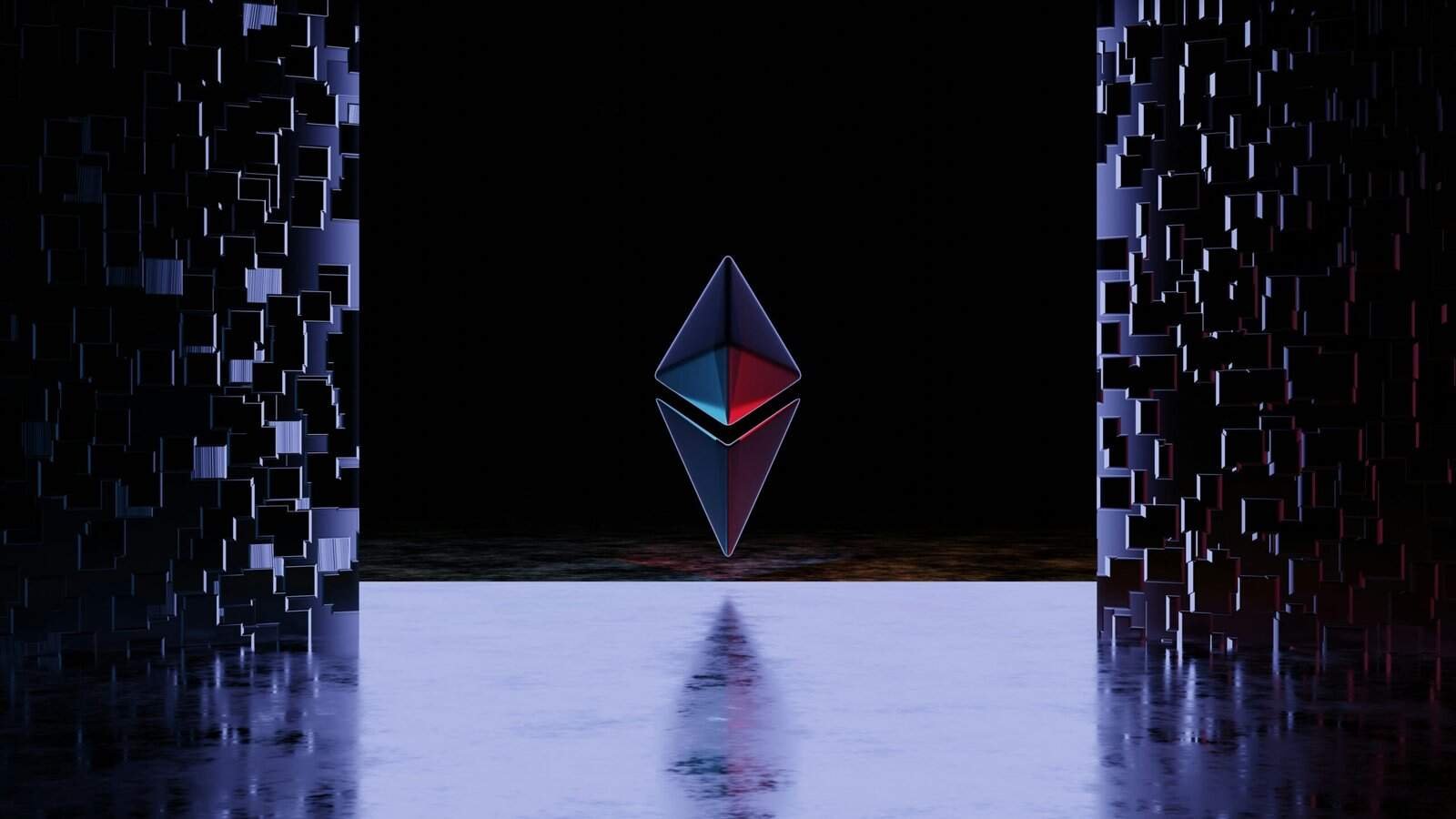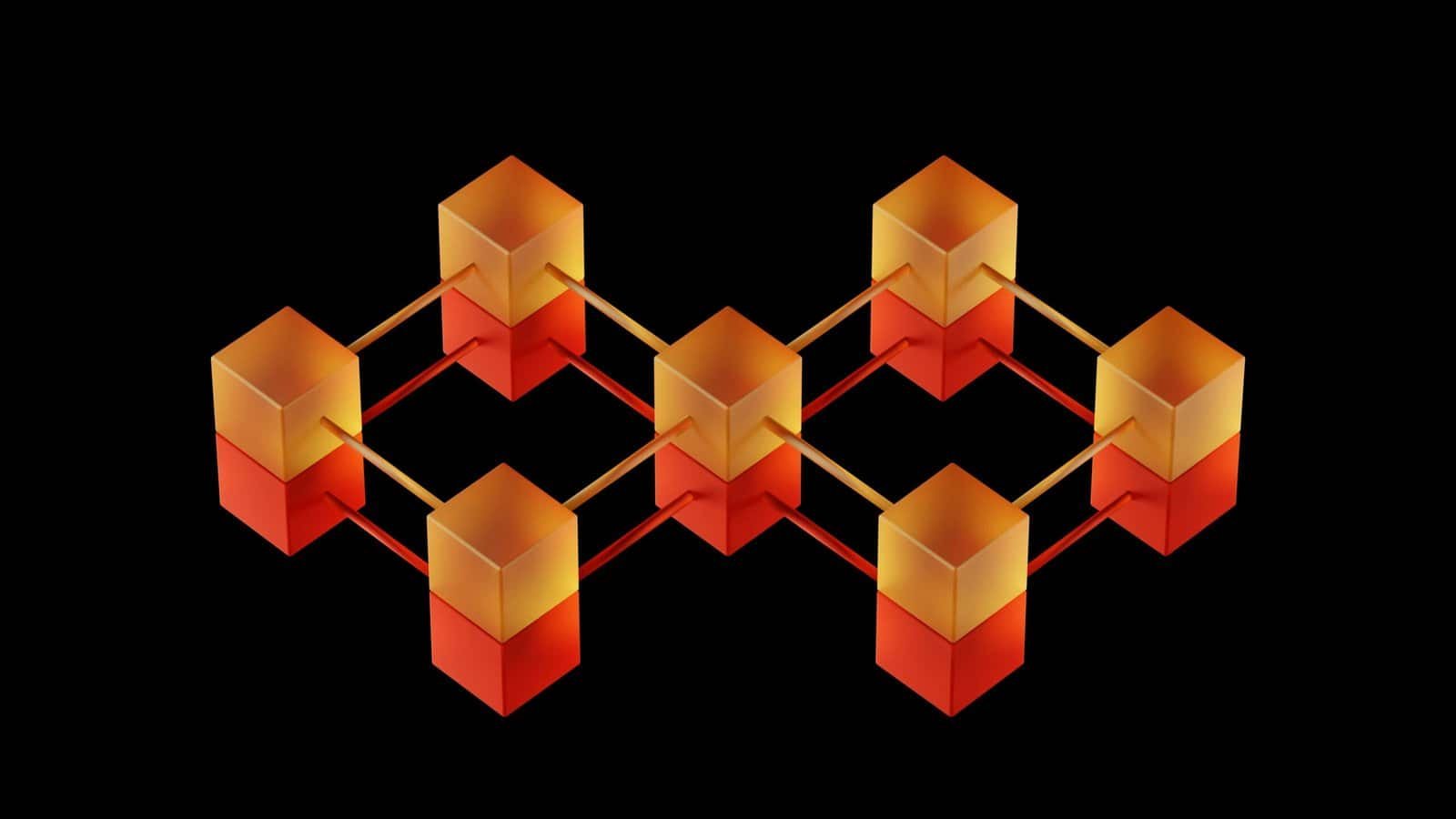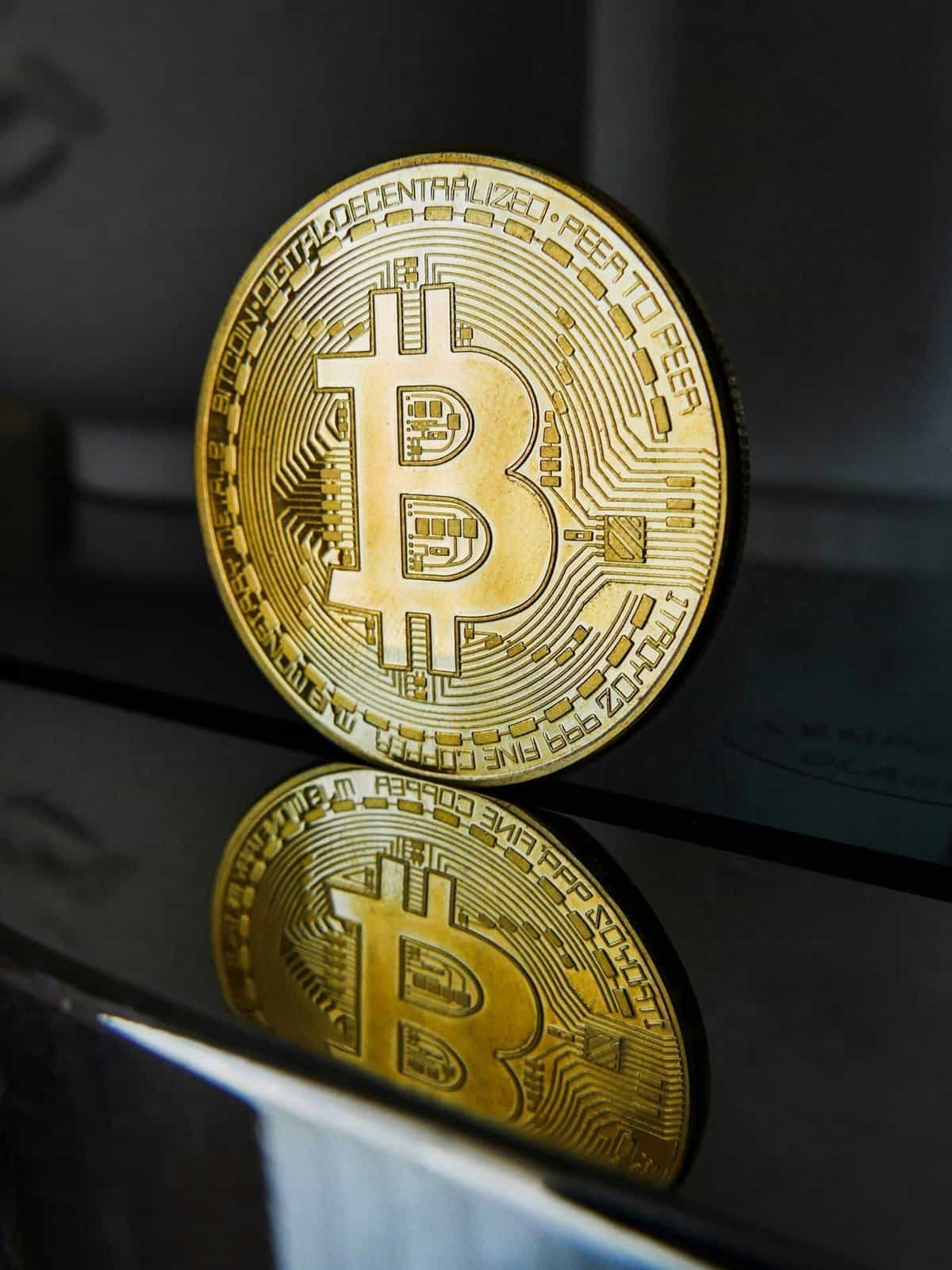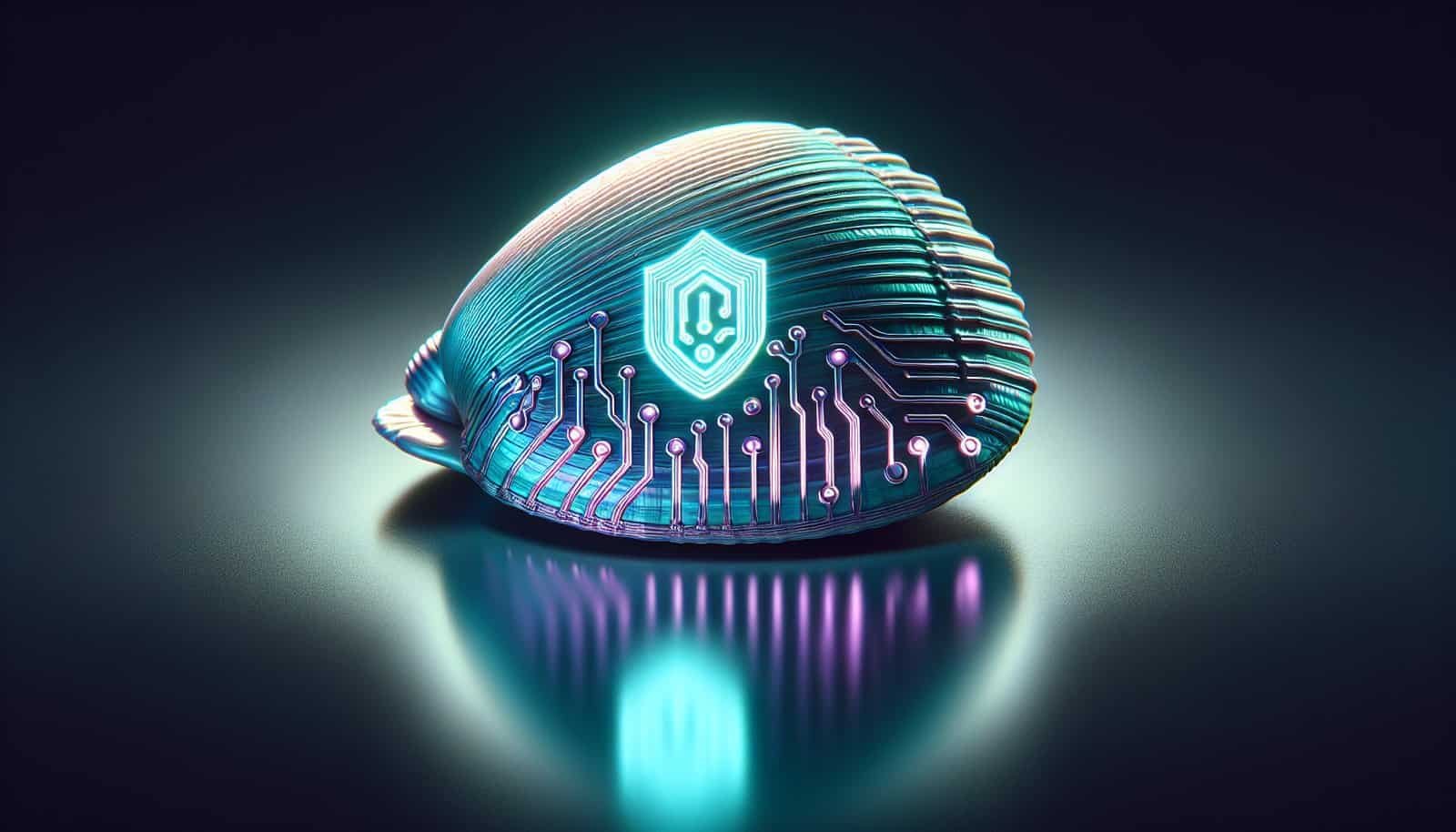Have you considered how SolSea is shaping the NFT landscape on Solana and beyond?
Introduction
You’re about to get a thorough look at SolSea — Solana’s first open NFT marketplace with growing cross-chain functionality. This article will walk you through SolSea’s origins, features, benefits, limitations, and practical steps for using it as a buyer, creator, or collector.
What is SolSea?
You’ll find that SolSea is an NFT marketplace built on Solana that emphasizes openness, creator licensing, and accessible tools for minting and trading. It was launched to offer a platform where creators can publish NFTs with clear licensing terms embedded in their metadata, while buyers can discover and purchase tokens with lower fees and faster transactions compared to many other blockchains.

SolSea’s positioning and mission
You’ll notice that SolSea positions itself as a creator-friendly marketplace that combines usability with on-chain metadata transparency. The platform aims to make NFT creation simple while giving creators control over licensing and attribution, and it markets itself as a hub for both artists and collectors within the Solana ecosystem.
Why Solana matters for NFTs
You’ll benefit from understanding that Solana provides high throughput and very low transaction costs, which makes frequent interaction with NFTs — minting, listing, and transferring — more affordable. Fast finality and low gas fees directly impact your experience when you’re buying, minting, or moving NFTs, especially during drops or high-activity windows.

Core features of SolSea
You’ll see that SolSea includes features designed to help creators and collectors manage NFTs easily: built-in minting tools, licensing options at mint time, creator verification, collection pages, and search and discovery tools. These features are meant to simplify the process for creators to publish works and for collectors to evaluate and transact confidently.
Licensing and metadata options
You’ll appreciate SolSea’s emphasis on licensing: when you mint on SolSea you can choose a license that becomes part of the token’s metadata. This helps clarify usage rights for buyers and establishes creator intent in a standardized way. You should note that embedding a license in metadata is a transparency and record-keeping measure, not sole enforcement of rights across all platforms.
Creator verification and provenance
You’ll want to pay attention to creator verification because it helps you avoid counterfeit works and impersonation. SolSea has implemented verification processes that can add trust to collections, though you should still exercise due diligence when buying high-value NFTs.
Royalties and monetization
You’ll find that SolSea supports royalties for creators; these appear as metadata and marketplace mechanisms that honor creator-defined royalty percentages when sales occur on SolSea. Keep in mind that royalty enforcement is marketplace-dependent and not always universally guaranteed across all platforms or chains unless enforced by protocol-level standards.
How SolSea handles cross-chain functionality
You’ll discover that SolSea is gradually building cross-chain functionality and integrating with bridges and tooling that let NFTs move or be represented across chains. Cross-chain functionality can mean wrapped NFTs, bridged assets, or marketplace integrations that expose Solana NFTs to users on other networks. This is an evolving area, and you should expect improvements and new integrations over time.
Bridges, wrapped NFTs, and interoperability
You’ll want to understand that cross-chain solutions often use wrapping or bridging techniques to represent an NFT from one chain onto another. For example, a Solana NFT might be locked in a bridge contract and represented as a wrapped token on another chain. This enables marketplaces and collectors on different networks to access the asset, although it introduces different technical and custodial trade-offs.
Security considerations with cross-chain transfers
You’ll need to be careful because cross-chain operations increase complexity and risk. Bridges can introduce smart contract risk, custodian risk, and additional attack surfaces. If you’re moving NFTs across chains, make sure you use reputable bridges and understand how custody is managed during the transfer.

How to use SolSea — a step-by-step guide
You’ll find it helpful to follow a sequence when you want to mint, buy, or list NFTs on SolSea. Each section below outlines clear steps to get you started as a creator or collector.
Connecting a wallet
You’ll start by connecting a Solana-compatible wallet such as Phantom, Solflare, or Sollet. Make sure your wallet is funded with SOL to cover minting or purchase costs and transaction fees.
Minting an NFT on SolSea
You’ll go through an intuitive minting interface where you upload media, set metadata, choose a license, and configure royalties. During minting you’ll also choose whether the NFT should be part of a collection and whether it will be a single edition or multiple editions.
Steps to mint on SolSea:
| Step | Action |
|---|---|
| 1 | Connect your Solana wallet and confirm your identity if requested. |
| 2 | Upload your artwork or media (image, audio, video, 3D files). |
| 3 | Add title, description, and attributes/traits if relevant. |
| 4 | Choose license terms from the provided options and set royalty percentage. |
| 5 | Decide on single or multiple editions and set supply. |
| 6 | Confirm minting and pay the SOL transaction fee. |
You’ll want to verify that metadata displays correctly after minting, since that informs buyers about the license and royalties.
Listing and pricing
You’ll list NFTs for sale by choosing a fixed price or creating an auction listing. SolSea’s interface walks you through setting price denominated in SOL and optional reserve or starting bids for auctions.
Buying and bidding
You’ll be able to buy NFTs immediately at a listed price or place bids if the seller enabled auctions. Ensure your wallet has enough SOL to cover the purchase and transaction fees, and double-check that you’re buying from the correct creator or verified collection.
Transferring and storing NFTs
You’ll transfer NFTs by initiating the transfer from your wallet or the marketplace, paying a small SOL fee. For long-term storage, you should consider hardware wallets that support Solana or maintain careful custody practices for your seed phrase and device security.
Fees, royalties, and economics on SolSea
You’ll want to understand fee structure and royalty mechanisms, since they affect both creators’ revenue and buyers’ total cost.
Marketplace fees
You’ll usually pay a marketplace fee when selling or buying NFTs on SolSea; this fee helps support platform operations. Exact fee percentages can change, so verify current rates on SolSea before listing or transacting.
Royalties implementation and limitations
You’ll notice that SolSea enforces royalties through its marketplace logic and metadata standards. However, royalties are not immune to circumvention outside of compliant marketplaces or via off-chain transfers. You should plan for the possibility that royalty enforcement remains a partly social and technical challenge across certain ecosystems.

Creator best practices on SolSea
You’ll boost your success by following established best practices for minting and marketing your NFTs. These practices improve discoverability, trust, and buyer confidence.
Prepare high-quality assets and metadata
You’ll provide clean, well-structured metadata and high-resolution media. Accurate descriptions, explicit licensing choices, and clear attribution reduce friction for buyers and collectors.
Set realistic royalty rates
You’ll choose royalty rates that reflect your long-term revenue goals without discouraging secondary market activity. Consider community norms and typical ranges for similar works.
Use collections and edition strategies
You’ll leverage collections to group related works and editioning to manage scarcity. Thoughtful collection curation helps collectors understand a project’s scope and long-term value proposition.
Buyer and collector best practices
You’ll protect your interests by verifying creator identity, checking metadata, and confirming licensing terms. Follow the steps below to reduce risk.
Verify collections and creators
You’ll check verification badges, social links, and other on-chain evidence of authenticity. If a piece seems too cheap or you spot inconsistent metadata, pause and do deeper research.
Check licensing and permitted uses
You’ll read the embedded license to understand commercial or derivative use rights. A license in metadata clarifies permitted uses, but legal interpretation and enforcement might still require additional steps.
Manage private keys and wallets securely
You’ll keep your seed phrase offline, use hardware wallets for valuable holdings, and avoid sharing private keys. Secure custody is essential because blockchain transactions are irreversible.

Comparing SolSea with other NFT marketplaces
You’ll find it useful to compare SolSea to platforms such as Magic Eden, OpenSea, and smaller niche markets. Each marketplace has strengths and trade-offs around fees, user base, discovery, and chain support.
Comparison table — SolSea vs. other platforms:
| Feature | SolSea (Solana) | Magic Eden (Solana) | OpenSea (Ethereum & Multi-chain) |
|---|---|---|---|
| Chain focus | Solana-first (growing cross-chain) | Solana-first | Multi-chain (Ethereum, Polygon, Solana support varies) |
| Transaction costs | Very low (SOL fees) | Very low (SOL fees) | Higher on Ethereum (unless using layer 2) |
| Creator licensing | Built-in license options | Limited built-in licensing | Varies; licensing often in metadata or off-platform |
| Royalties | Marketplace-enforced metadata + platform logic | Marketplace-enforced | Marketplace-enforced but variable across chains |
| Discovery | Active Solana community | Largest Solana NFT marketplace | Largest NFT volume across chains |
| Cross-chain features | Growing capabilities | Expanding | Established multi-chain integrations |
You’ll see that SolSea’s licensing focus distinguishes it from many competitors, while its Solana-native design gives it lower fees and faster transactions.
Technical underpinnings: metadata, standards, and on-chain records
You’ll benefit from understanding how SolSea stores metadata and uses standards for NFTs. Metadata standards determine how licenses, traits, and attributes are embedded and read by wallets and marketplaces.
Metadata formats and standards
You’ll find SolSea uses Solana-specific metadata standards (often compatible with Metaplex conventions) that store URIs or JSON objects describing tokens. Accurate metadata makes tooling interoperable and ensures collectors and other marketplaces can read token details.
On-chain vs off-chain storage
You’ll be aware that media assets are often stored off-chain (e.g., on IPFS or centralized servers), while metadata and pointers are on-chain. Off-chain storage reduces on-chain cost but requires you to trust the persistence method (IPFS with pinning is more durable than a single hosted URL).
Security and risks on SolSea
You’ll need to take account of the typical security considerations around NFT marketplaces and Solana. Understanding potential attack vectors helps you protect your assets and avoid scams.
Common risks
You’ll watch for counterfeit NFTs, phishing wallet prompts, malicious contract interactions, and bridge vulnerabilities for cross-chain moves. Social engineering and fraudulent impersonation remain high-risk behaviors in NFT markets.
How to reduce risks
You’ll verify creator accounts, enable hardware wallets for high-value transactions, and only use trusted bridges and smart contracts. Regularly update your wallet software and never share your private keys or seed phrase.
Legal and intellectual property considerations
You’ll want to appreciate that embedding licenses in NFT metadata is a helpful step but not a substitute for formal legal agreements. Ownership of an NFT does not automatically convey all intellectual property (IP) rights unless explicitly granted.
What buying an NFT typically grants
You’ll usually acquire a token that proves ownership of a specific on-chain record and the rights stated in metadata. Commercial use, reproduction, or derivative creation depend on the license chosen by the creator.
What to do if you suspect infringement
You’ll document the issue, contact the creator or marketplace, and consider legal counsel for serious disputes. Marketplaces can delist or freeze assets under specific circumstances, but outcomes vary by platform and jurisdiction.
Case studies and examples
You’ll learn faster with examples that show how creators and collectors use SolSea in practice. Below are two brief scenarios showcasing typical experiences.
Example: An artist minting a limited series
You’ll see an artist upload high-quality images, choose a license allowing personal use but restricting commercial use, set a 10% royalty, and mint a 50-edition collection. Collectors buying early editions benefit from low fees and fast settlement, while the artist earns royalties on secondary sales.
Example: A collector bridging an asset
You’ll observe a collector who wants to display a Solana NFT in an application on another chain use a reputable bridge. The NFT is locked on Solana and represented as a wrapped token elsewhere; the collector pays bridge fees, and assumes the bridge’s custodial or contract risk.
The future of SolSea and cross-chain NFTs
You’ll want to consider how cross-chain aspirations could change user experience and market dynamics. Continued improvements in bridges, token standards, and interoperable metadata will enable broader discoverability and liquidity for Solana NFTs.
Possible developments
You’ll likely see tighter integrations with established bridges, better on-chain royalty standards, and possibly protocol-level solutions for cross-chain provenance. As standards mature, your ability to move, display, and monetize NFTs across ecosystems will improve.
What you can do now
You’ll monitor official SolSea announcements, choose reputable bridges for transfers, and keep assets secure. Participate in community forums for early signals about new features and integrations.
Practical checklist before minting or buying on SolSea
You’ll make better choices if you follow a practical checklist that reduces mistakes and clarifies expectations. The checklist below helps you prepare.
Checklist:
| For Creators | For Buyers/Collectors |
|---|---|
| Prepare high-quality media and metadata | Verify creator and collection authenticity |
| Choose clear license terms | Read embedded license and terms |
| Set reasonable royalty percentage | Ensure wallet has SOL and check fees |
| Decide on editions and supply | Confirm metadata and storage (IPFS or hosted) |
| Use verified social links for creator identity | Use hardware wallet for high-value purchases |
You’ll be in a stronger position by following these simple checks before any transaction.
Community, governance, and social impact
You’ll find that community engagement and social dynamics shape SolSea’s marketplace health. Active communities, clear governance, and transparent creator relationships help build trust and long-term value.
Community-driven features
You’ll notice that features like collection curation, social sharing, and community endorsements enhance visibility. Community feedback often drives product priorities and helps surface bad actors before they cause harm.
Social and cultural dimensions
You’ll recognize that NFTs on SolSea reflect broader social and cultural trends in digital art, collectibles, and virtual ownership. Your participation shapes the culture and standards that will guide future marketplace behavior.
Final thoughts and actionable tips
You’ll leave this article with a practical sense of how SolSea works, what makes it unique, and how to use it safely. Below are concise actionable tips that you can act on immediately.
Actionable tips:
- Always verify creator identity using official links and on-chain history.
- Use a hardware wallet for storing high-value NFTs and never share your seed phrase.
- Check the license embedded in metadata before planning commercial use.
- Keep SOL in your wallet for fees; Solana’s low costs still require a small balance.
- When bridging, prefer well-audited and widely used bridges and understand custodial flows.
You’ll find that following these tips reduces your risk and helps you get the most from SolSea’s tools and evolving cross-chain capabilities.
Resources and where to learn more
You’ll want to follow official SolSea channels, Solana developer docs, and community forums for the latest updates. Keeping informed about standards, audits, and bridge audits gives you an edge in navigating risks and opportunities.
You’ll now have the context and practical steps to use SolSea as a creator or collector, understand its cross-chain ambitions, and make safer decisions while participating in the growing Solana NFT ecosystem.
